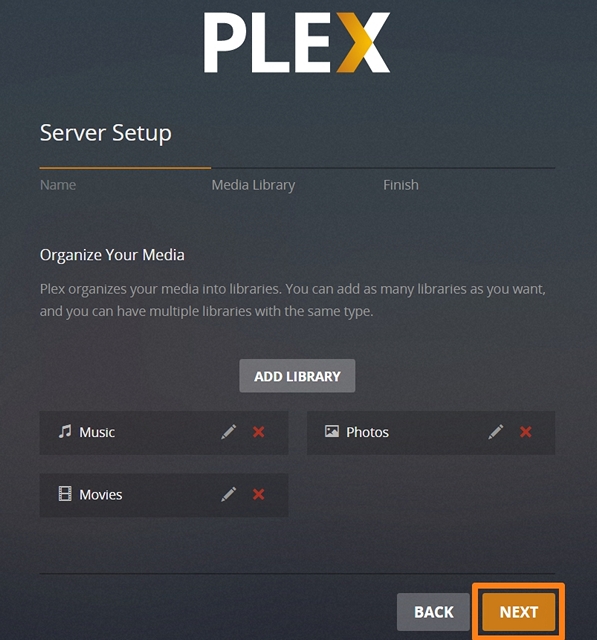

Other DLNA servers improve this by offering real-time transcoding. If you have other types of media, it just won’t work. Due to the way DLNA works, you can only stream certain types of media codecs, for example. The Windows DLNA server is the easiest and fastest one to set up, but it’s not necessarily the best option. But the Raspberry Pi 4’s 1,657 score means that your streaming experience will stutter and buckle if more than one person needs transcoding.Option Two: Install Plex or Universal Media Server Mobile or low-powered processors will work fine for a local Plex setup, but you’ll need a desktop-grade processor if your Plex server will have remote users.įor example, the Intel Core i5-12600K has a PassMark score of 24,254, so it’ll comfortably support around 12 viewers watching transcoded 1080p content. In plain English, what all this means is that you’ll want a processor that can support the number of remote users you’ll have on the server. (And we haven’t even gotten to hardware acceleration, which can improve transcoding performance for Plex Pass subscribers, but that’s another article for another day-learning about video encoding is a real “crossing the Rubicon” moment.) One 4K SDR transcode: 12,000 PassMark score.


One 1080p transcode: 2,000 PassMark score.One 720p transcode: 1,500 PassMark score.As Plex’s support page notes, a single transcoded stream requires a CPU with the following minimum scores from benchmark program PassMark (PassMark scores measure CPU performance and higher scores are better): Transcoding will rarely be a problem when you’re accessing Plex at home.īut the biggest challenge with transcoding is the CPU horsepower it’ll require from your Plex server. For instance, Plex will have to transcode a video if you’re remotely playing a 4K video on a 720p smartphone. In the most layman of layman’s terms, transcoding refers to when Plex has to convert a video to play on a new streaming device.


 0 kommentar(er)
0 kommentar(er)
